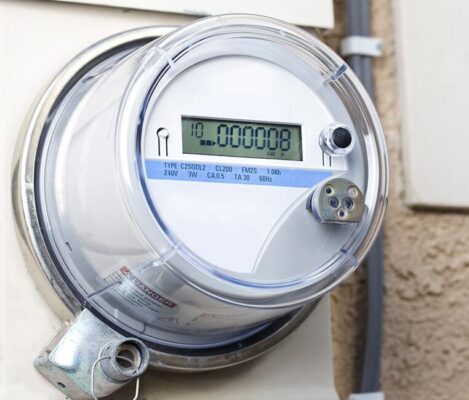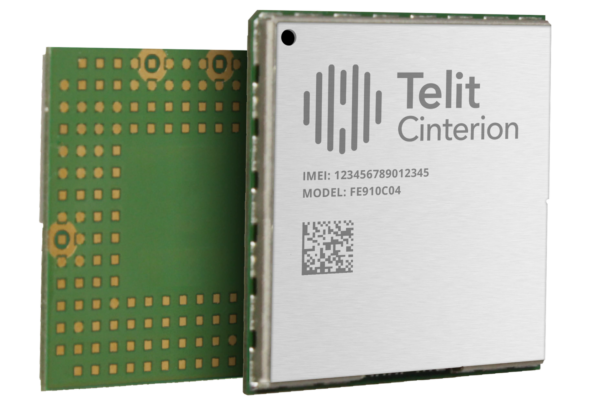Looking at IoT from the Mobile Broadband Perspective
By Safi Khan
July 25, 2024
Since its initial development, cellular LTE has branched in two directions. It focused on enhanced mobile broadband (eMBB), delivering higher data rates. Later, a second path emerged, embracing Internet of Things (IoT) integration.
This separation between mobile broadband and IoT has continued to evolve. The FCC auctioned off more spectrum on the broadband side, creating additional channels for higher-speed transmission.

On the lower end, 3GPP Release (Rel) 14 matured and enhanced cellular LPWA — namely, machine-to-machine (M2M) connectivity. It also upgraded narrowband IoT (NB-IoT) through NB2, improving power-saving techniques for battery-driven applications (e.g., telematics and smart meters).
Later, Rel 15 would introduce 5G for an even higher degree of optimization and efficiency in the network. Rel 16 brought lower latency, along with mmWave and sub-6 spectrum. Then, 3GPP introduced 5G Reduced Capability (RedCap) and non-terrestrial networks (NTNs) in Rel 17.
Let’s look at the past and ongoing evolution of mobile broadband. We’ll explore how 5G RedCap bridges the mid-speed gap and the IoT applications mobile broadband technology supports.
The wider 100 megahertz (MHz) channels in the C-band 3.5 gigahertz (GHz) spectrum — Bands n77, n78 and n79 — changed the game for mobile broadband. The initial 4G modems could only reach around 1.2 gigabits (Gbs) per second by combining up to five channels, each 20 MHz wide.
However, 5G’s introduction and subsequent releases resulted in an enormous leap from single gigabit to multigigabit. In peak cases, modules have downlink speeds of 5 Gbs per second, with Qualcomm expressing aspirations of reaching 10 Gbs per second. On the uplink side, speeds with 5G were much improved compared to 4G. 5G-enabled multigigabit high-speed broadband opened the door to many use cases that weren’t feasible before, such as:

Although LTE will be around for some time, for these newer, high-speed applications, it is best to migrate existing deployments to 5G. Likewise, any new IoT deployment should use a 5G modem. However, low- and mid-tier devices must stay within Category (Cat) 12, a lower speed than Cat 18.
5G RedCap acts as a mid-speed filler. It bridges the speed gap between higher-speed broadband modems and lower-speed IoT modems. While the multigigabit capabilities of 5G broadband are advantageous, these devices are more complicated and expensive. Moreover, devices using 5G broadband consume significant power and require multiple antennas.
RedCap delivers a cost-optimized 5G option while maintaining its benefits, such as:
In addition to bringing cost-effective 5G into IoT, RedCap provides a Cat 4 upgrade to IoT.

Mobile broadband’s introduction created the perfect environment for new applications that could utilize higher speeds and enhanced communications. Nevertheless, node and device proliferation and network expansion have resulted in a unique situation. Mobile broadband must continue to evolve to match market expectations, like the need for complex applications at the edge.
In other words, mobile broadband spawned an environment ideal for market growth. That growth is forcing mobile broadband to continue evolving to support emerging applications.
Today, apps like Uber and Google Maps or streaming services like YouTube and Google Podcasts require ubiquitous coverage via broadband connectivity. Likewise, software needs always-on connectivity with AI and machine learning, and, more recently, large language models processing at the edge and in the cloud.
In factories, connected machines and robotics must communicate wirelessly with low latency, while command and control systems must make split-second decisions. Other verticals like health care and telematics are more connected with IoT devices and sensors.
These new applications driving digital transformation require high-speed connectivity everywhere. There must be always-on broadband connectivity for the network to have a persistent presence.

Telit Cinterion has adjusted its modem offerings throughout mobile broadband’s evolution, delivering solutions based on the latest 3GPP standards. Our first-generation 5G RedCap IoT modules, the FE910C04 and FN920C04, leverage the Snapdragon® X35 5G Modem-RF System. These global modules offer LTE Cat 4 fallback and flexible form factors.
For high-speed LTE use cases, we provide the LN920, powered by the Snapdragon X12+ LTE modem.1 The LN290 is an M.2 (NGFF) compact data card with global versions available in Cat 6, 12 and 13.
Original equipment manufacturers (OEMs), system integrators and service providers can capitalize on new 5G opportunities and markets with the FN990Axx series. In addition, they can use Telit Cinterion’s narrowband technologies and the ME310M1 product series. These modules are 5G-ready and based on Rel 15, 16 and 17.
With the FN990Axx data cards, businesses can leverage 5G and Gigabit LTE to begin future-proofing IoT. Moreover, the FE990Bxx 5G LGA modules are compatible with Rel 17, whose advanced features include eMBB and ultrareliable low-latency communication (URLLC).
Telit Cinterion is an end-to-end solution provider. We offer 5G and mobile broadband technology that changes how organizations connect and manage their IoT-enabled devices.
Speak with our IoT experts to find the right IoT module or data card for your application.
1 LTE is the long-term solution with the LN920 and Snapdragon X12 because carrier aggregation is not tenable, making it a sweet spot for LTE Cat 12.
Editor’s Note: This blog was originally published on 20 November 2017 and has since been updated.